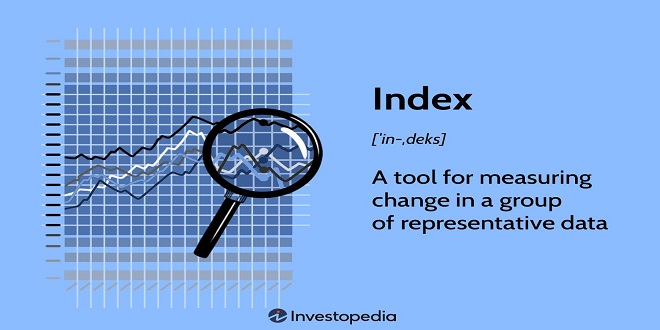Index Investing 101: Understanding the Basics of Market Indices

Are you fed up with the endless cycle of monitoring stock prices, understanding market trends and worrying about your hard-earned investments? If so, index investing could be just what you’re looking for. Investing in indices is a simple way to participate in the stock market without all the hassle that usually comes with traditional investment strategies.
Index investing allows investors to benefit from diversification and broad exposure to different markets while keeping their portfolio costs low. Whether you are a beginner or an advanced investor, this article will help you better understand how index investing works and why it can benefit your financial goals.
What is Index Investing, and Why Should You Care About It
Have you ever heard of index investing? If not, you definitely should know about it. In a nutshell, the index definition measures the performance of a specific section of the stock market, such as a country’s economy or an industry sector. Indexes are created by financial institutions based on the performance of a group of securities representing the overall market.
Investing in indices means buying shares in an index fund, which aims to replicate the performance of that particular index. This differs from buying shares in individual companies, which can be riskier and require more research. When investing in an index fund, you invest in the entire market rather than just one specific company. It allows for diversification and minimises the impact of any potential losses.
So why should you care about index investing? Well, the most significant advantage of this strategy is cost savings. Index funds have lower fees than actively managed funds, where fund managers are constantly buying and selling stocks to outperform the market. Additionally, index investing is a passive strategy, meaning you don’t need to monitor the market or make changes to your investments constantly. It can save you time and reduce stress related to investing.
Different Types of Market Indices and How They Can Benefit Your Portfolio
There are various types of market indices, each with its unique characteristics. Some famous examples include the S&P 500, Dow Jones Industrial Average, and Nasdaq Composite. These indexes track different sections of the stock market and have their criteria for selecting which companies to include.
For example, the S&P 500 tracks the performance of 500 large-cap companies in the United States, while the Nasdaq Composite focuses on technology and biotech companies. By investing in a diverse range of indices, you can gain exposure to different market sectors and potentially reduce your portfolio’s overall risk.
Another benefit of index investing is its ability to provide long-term returns. While stock prices may fluctuate daily or year-to-year, historical data has shown that the stock market tends to increase in value over time. Investing in various indices can create a balanced portfolio and potentially see steady growth over the long term.
Using ETFs to Take Advantage Of Index Investing Strategies
One popular way of investing in indices is through exchange-traded funds (ETFs). ETFs are investment funds that can be bought and sold on stock exchanges like individual stocks. These funds typically track the performance of a specific index and allow investors to buy shares in a diverse range of companies with one trade.
Investing in ETFs offers several advantages, including low fees, diversification, and ease of trading. Additionally, ETFs can be traded throughout the day, unlike mutual funds, which can only be bought or sold at the end of each day.
Tips for Diversifying Your Portfolio With Index Investing
While index investing provides diversification by nature, it’s essential to understand how to diversify your portfolio for optimal risk management. One way to do this is by investing in different indices, such as international and sector-specific indexes.
Another strategy is dollar-cost averaging, where you regularly invest a fixed amount of money into your portfolio over time. It can help mitigate the risk of investing a large sum at once, allowing you to take advantage of market fluctuations and potentially buy shares at a lower cost.
Lastly, reviewing and rebalancing your index fund portfolio regularly is essential. It means adjusting the percentage of each index in your portfolio to maintain balanced exposure and account for any changes in market performance.
Understanding the Risks Involved With Index Investing
While index investing can offer a more passive and cost-effective approach, it’s essential to understand that risks are still involved. As with any investment, market fluctuations can lead to losses in value.
Additionally, while diversification helps reduce risk, it cannot eliminate it. It’s also crucial to consider the composition of the index itself. Some indices may be heavily weighted towards certain companies, industries, or countries, which can impact the overall performance of your investment.





